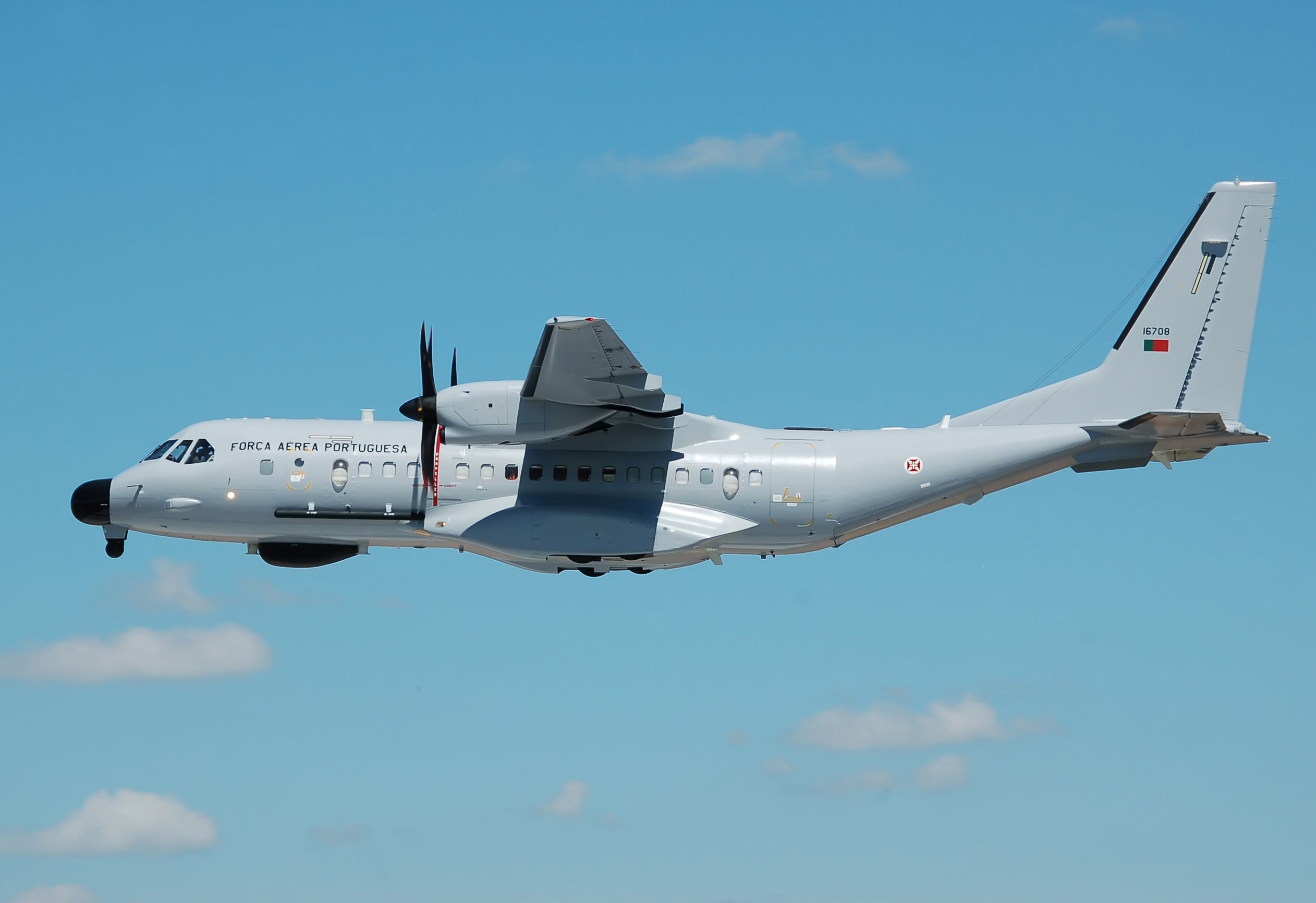India has finally secured the delivery of its first C-295 aircraft, two years after the country signed a contract with Airbus Defence and Space to acquire 56 of these transport aircraft for the Indian Air Force (IAF).
The deal was signed under an INR.1,935-crore project to replace the legacy Avro Hawker Siddeley HS748, a British-origin twin-engine turboprop military transport and freighter that was inducted in service with the IAF in the 1960s.
A couple of years ago, the IAF needed to replace these legacy aircraft with modern options. The only bid for the project came from the Tata-Airbus joint venture, which offered the C-295 aircraft to the IAF. The final agreement was postponed even after the bid was given the go-ahead in May 2015.
It was finally inked in September 2021 and was seen as a breakthrough for India’s domestic manufacturing. Under the agreement, it was agreed that 16 aircraft would be purchased from the aerospace giant while the remaining 40 aircraft would be produced in India at the new Vadodara manufacturing facility.
Since the deal was sealed, it has been anticipated that the first 16 aircraft would arrive between September 2023 and August 2025. The first C295 for India completed its maiden flight in May this year, with Airbus announcing that it was one step closer to delivery scheduled for the second half of the year.
#WATCH | IAF chief Air Chief Marshal VR Chaudhari receives the keys first C-295 transport aircraft from Airbus in Spain.
The Indian Air Force chief will fly the aircraft today. The aircraft is going to be inducted officially in India at a ceremony at Hindon Airbase on September… pic.twitter.com/78k3rIdHLu
— ANI (@ANI) September 13, 2023
According to officials, the second C-295 is in the final assembly stages at Airbus’s Seville facility and will be delivered in May 2024. According to reports, Airbus has trained six pilots and a 20-member maintenance crew in Seville.
Some informed sources told the Indian media that the Indian Air Chief Marshal VR Chaudhari attended the handing over ceremony of the aircraft at Seville in Spain. The aircraft is expected to fly away to India soon, after which the plane will see an official induction at a ceremony held at Hindon Air Base.
The aircraft acquisition is expected to bolster the IAF’s capability in the face of the threat posed by the Chinese PLA on the Line of Actual Control (LAC), the primary driving force behind the Indian military undertaking a slew of acquisitions in record time.
However, besides emboldening India’s troop and material-carrying capacity, the agreement is also expected to provide a significant contribution to the growth of the nation’s military-industrial ecosystem, from aircraft manufacturing to assembly, testing, delivery, and maintenance.
To that end, Indian Prime Minister Narendra Modi laid the foundation for the C-295 transport aircraft manufacturing facility in Gujarat in October 2022. This is the first initiative in which a private enterprise will produce a military aircraft in India, thus enabling domestic competition with the state-run Hindustan Aeronautics Limited, the lone aircraft maker in the country today.
More than 13,000 parts, 4,600 subassemblies, and all critical component assemblies will be produced in India as part of the C-295 India initiative. The first ‘Made in India’ C-295 will roll out of the Vadodara factory in September 2026, and the remaining 39 by August 2031.
C-295 Will Be India’s New Transport Workhorse
Airbus describes the C295 as dependable and incredibly adaptable tactical transport designed for a variety of missions, such as carrying personnel and equipment, maritime patrol, airborne warning, surveillance, and reconnaissance, as well as signals intelligence, armed close air support, medical evacuation, VIP transport, and airborne firefighting.
Although it can perform multiple operations, the aircraft specializes in air transport missions under all weather conditions, day and night. It has a maximum cruising altitude of over seven kilometers, a range of 1,351 kilometers, and a cruising speed of 260 Knots true airspeed (KTAS).
Moreover, the C-295 has an endurance of up to 11 hours, and all its combined performance characteristics allow it to use short, semi-prepared runways. “It routinely operates in the hot and humid environments of the Brazilian jungle and Colombian mountains, in the dusty and scorching deserts of Algeria and Jordan, and in the freezing winters and icy conditions of Poland and Finland,” says the official website of Airbus.
The aircraft’s landing gear can bear maximum take-off and landing weights., enabling quick landing if a take-off fails. On unpaved runways, twin-wheeled nose gear also offers operational improvements.
The C-295’s rear ramp makes loading mission pallets, goods, people, and medical evacuation litters simple. The aircraft features a lateral side door that is used for para-drops in addition to its authorized ramp. In addition, there are provisions to attach four bubble spotter windows on the fuselage to help in visual search.

It has substantially higher personnel carrying capacity than its rivals in this market sector thanks to its ability to accommodate up to 71 passengers. For the same reason, it can offload directly through its back ramp door and transport far more palletized cargo (up to five 88 by 108-inch standard HCU-6E pallets).
The C-295MW is a transport aircraft of 5-ton to 10-ton capacity. All 56 of India’s aircraft will be equipped with an indigenously manufactured electronic warfare suite, which includes a radar warner and jammer, in addition to the standard equipment that most other aircraft of this type have.
With the latter, the pilot could effectively jam threats detected by radar and reduce their impact. The manufacturer says, “The C295 is the perfect “workhorse” offering unique versatility and proven reliability for the needs of military forces, governments, and non-governmental agencies – today and tomorrow.”
- Contact the author at sakshi.tiwari9555 (at) gmail.com
- Follow EurAsian Times on Google News